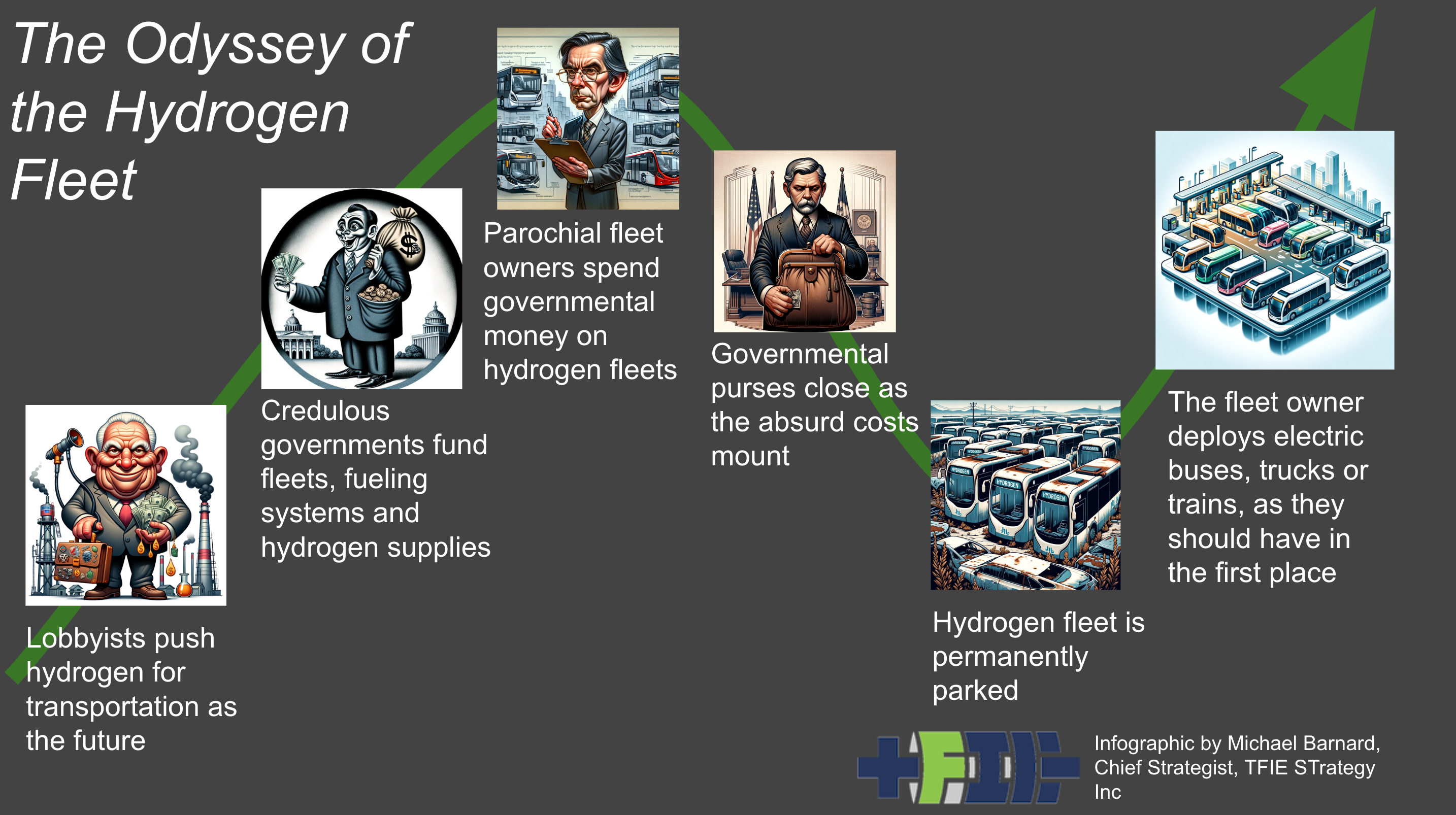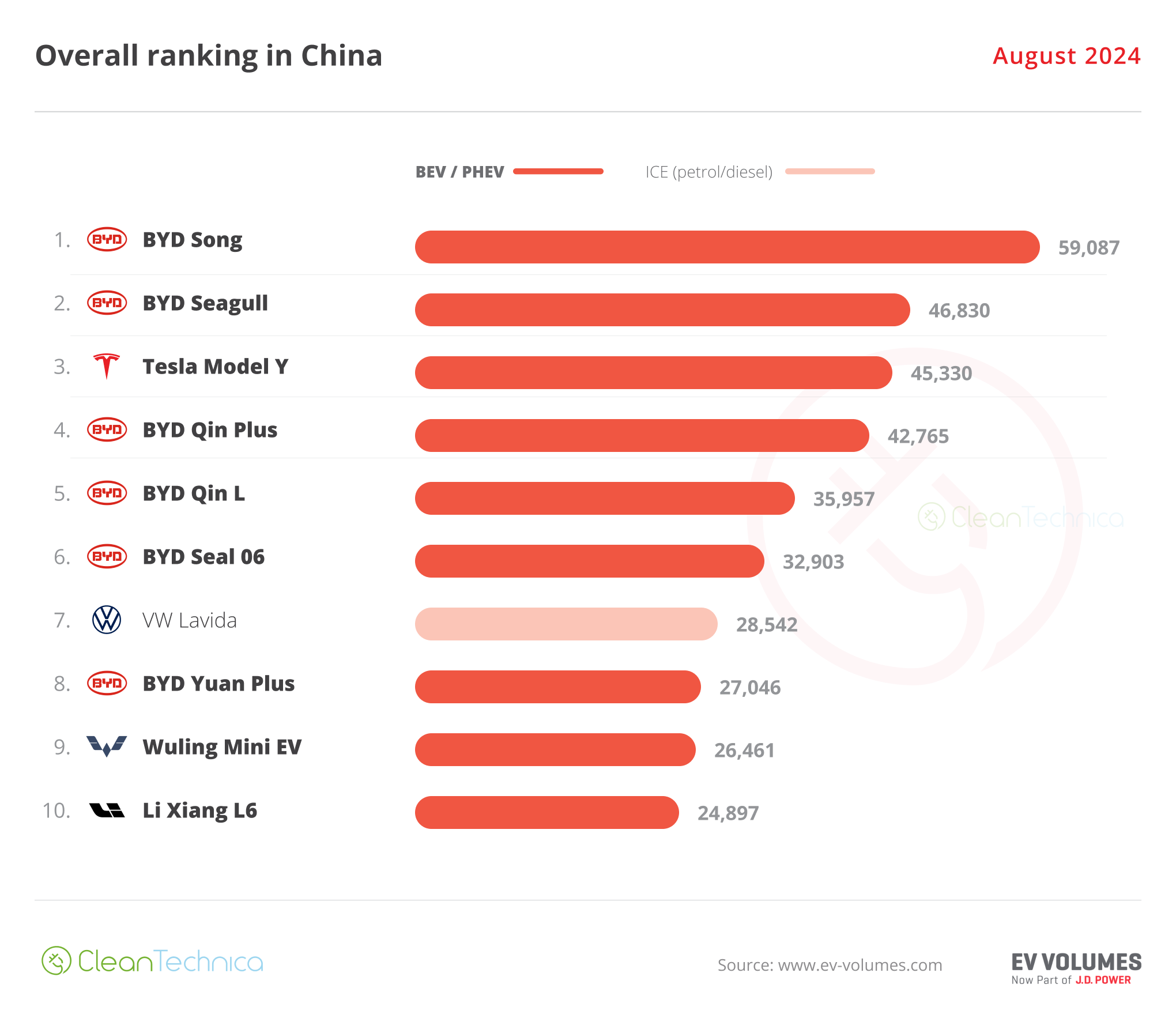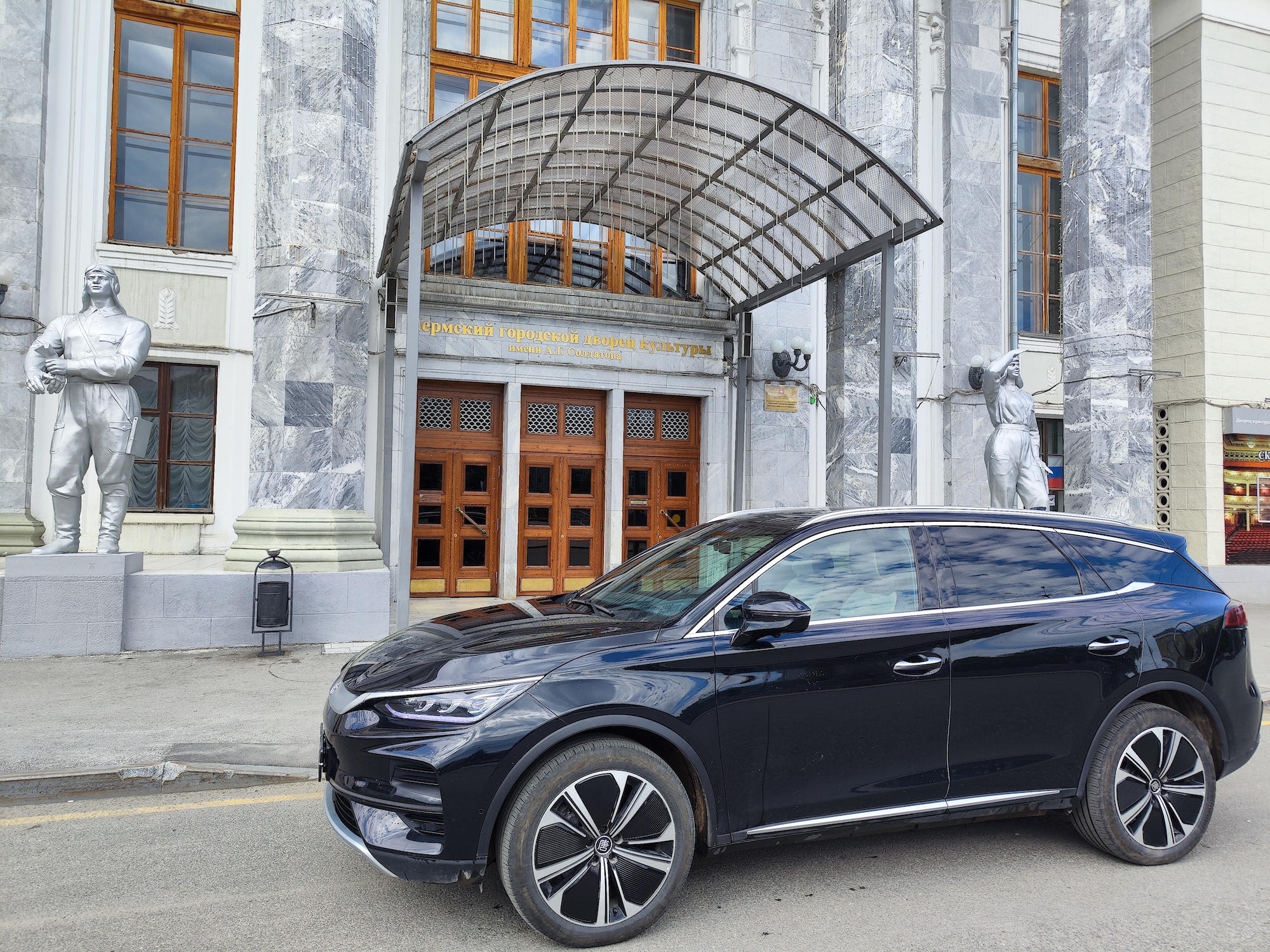Sign up for daily news updates from CleanTechnica on email. Or follow us on Google News!
The hydrogen chorus is again singing, discordantly and joyfully, as Bavaria continues along the tragicomic journey which inevitably leads to abandoning hydrogen after wasting much governmental money and delaying electrification. A tiny, two-car Siemens light-rail passenger train has completed trials this week and sometime in 2024 will go into service, for a few months.

As a reminder, the tragicomedy first features lobbyists convincing governments that hydrogen for transportation is an amazing idea. Then the governmental do gooders, hearts in the right places but spreadsheets noticeably absent, unlock millions in funding. A cash-starved transit or fleet organization sees the piles of money and stops paying attention to anything else. One or many hydrogen vehicles start rolling along roads, tracks or even seaways. Then someone else in the government realizes how much all of this is costing and closes the purse strings. The fleet operator tries vainly to keep the absurdly expensive vehicles operating, then gives up, After years of delay, they go electric, either with batteries, grid-ties or a combination.
This is a process which is playing out all over the world. Pau in France has now abandoned its expensive, hard to keep running hydrogen buses, costing well over a million euros per bus with most subsidized by France. Lower Saxony, another German state, announced after only a year of operation of their 14 €7 million trains that they wouldn’t buy more even if the government gave them scads more money and pivoted to batteries and grid ties.
In nearby Austria, Ikea, instead of buying battery electric delivery trucks with adequate range for their needs at €85,000 per bus from BrightDrop, has just spent almost €5 million of Austria’s money on five hydrogen delivery trucks, something that they’ll abandon within two years at most I predict. On another continent, India is proceeding to fully electrify all heavy rail, targeting 2025 for completion, but has bought a handful of tiny tourist hydrogen trains for some narrow-gauge scenic heritage routes.
North America is not left out of this farce. In Quebec a tiny, two-car train ran a 90 kilometer tourist route for three months this year to gushing cries from the hydrogen chorus about it being the future of rail. And Santa Cruz in California closes out our little global trip, having just spent about US$1 million per bus of governmental subsidies on 57 buses, and have their hand out for another $27 million from another funding organization. Apparently Santa Cruz has terrain and weather that doesn’t exist in China, where there are over 600,000 battery electric buses and a border than runs through Mount Everest.
The confirmation bias of the hydrogen chorus knowing no limits and the hydrogen chorus having exactly zero self awareness, of course they are very excited by the Bavarian two-car hydrogen train. They are amplifying the news. They are taking the Siemens press release and reprinting it. They are taking the PR puff piece from Arc Advisory, whose clients include most of the biggest oil and gas firms in the world, and sharing it. Rail-oriented journals like the International Railway Journal, Railway-News and Rail Technology, starved for content, are copy and pasting the press releases without stopping for critical thought into their websites. Clean technology oriented sites are full of excited headlines like “More Diesel-Killing Hydrogen Fuel Cell Electric Trains Heading For Germany” and “Siemens successfully tests hydrogen train in Bavaria”.
Hydrogen Insight gets it right, which is why it’s the only hydrogen-focused media site worth following: ‘A waste of taxpayer’s money’ | German passenger group slams hydrogen trains as a distraction from need to electrify“.
“The most important meaning of hydrogen for mobility in Bavaria is the opportunity for photo ops for politicians, distraction from the essentials and the waste of tax money,” said Lukas Iffländer, chairman of Pro Bahn’s Bavarian regional association, commenting on a recent appearance of the state economics minister Hubert Aiwanger — a strong proponent of H2 in transport — at the IAA motor show in Munich earlier this month.
The article points out, as sensible reporters are wont to do, that the neighboring state of Baden Württemberg reasonably applied spreadsheet skills before wasting any significant amounts of public money, finding that batteries and grid ties were a third the total cost of ownership.
One of the amusing things about this tiny Bavarian hydrogen train, distinct from watching the frothing of hydrogen advocates as they try desperately to turn a miniscule couple of cars into a thundering avalanche of hydrogen momentum, is that the Bavarian contract with Siemens is only for 30 months. That contract started in March of 2022, so it’s already two-thirds over.
The train is going to go into operation, such as it is, only next year. The contract runs out in September. The likelihood of the two cars rolling for even six months approaches zero. The likelihood of it being out of service frequently, unable to get sufficient volumes of green hydrogen, running well over budget and being abandoned entirely at the end of the 30 months approaches 100%.
Do the howling hydrogen chorus that provide bad vocals for the tragicomedy provide any of this context? Of course not. Do they compare the miniscule scale of the hydrogen trials against the vast electrification of rail globally? Of course not. Do they recognize that they are stuck in a circle of confirmation bias, howling approval at one another, while the rest of us look on in bafflement? Don’t be silly.
Does the frothing chorus pay attention past Act 3, when some government gives vast sums of money to a transportation organization to waste on yet another futile test of what has already been tested globally? No, they pay attention only to what confirms their bias.
As I regularly note, Seeing Climate Solutions Clearly Through Biases & Missing Data Is Challenging. We all have cognitive biases, and that includes me, but if we want to actually move the climate needle we need to strive to overcome them. For the hydrogen chorus, your mindless amplification of nonsense is delaying real climate action. Consider your biases and try to move beyond them. And for journalists pandering to the chorus with clickbait articles to make a couple of bucks, grow a spine.
Have a tip for CleanTechnica? Want to advertise? Want to suggest a guest for our CleanTech Talk podcast? Contact us here.
Our Latest EVObsession Video
I don’t like paywalls. You don’t like paywalls. Who likes paywalls? Here at CleanTechnica, we implemented a limited paywall for a while, but it always felt wrong — and it was always tough to decide what we should put behind there. In theory, your most exclusive and best content goes behind a paywall. But then fewer people read it!! So, we’ve decided to completely nix paywalls here at CleanTechnica. But…
Thank you!
CleanTechnica uses affiliate links. See our policy here.




